

School readiness in early childhood refers to the cognitive, social, emotional, and physical skills that prepare children for formal schooling. High-quality early childhood education programs play a crucial role in enhancing school readiness by fostering language, literacy, numeracy, and social-emotional development.
Play-based learning and school readiness are closely connected, as this approach nurtures the skills children need to succeed in school while maintaining their natural curiosity and love of learning. The following article provides information on How Play-Based Learning Supports School Readiness, Examples of Play-Based Learning for School Readiness, How Do Children Learn Concepts Through Play Based Learning, Examples Of Learning Colours, Numbers, Shapes, Letters Through Play-Based Learning, Importance of Play-Based Learning and more.
Pre-writing skills are crucial for young children as they lay the foundation for future writing success. The following article provides information on What Are Pre-writing Skills, Importance Of Pre-Writing Skill Activities To Promote Pre-Writing Skills and more.
School readiness" refers to a child's preparedness to succeed in a school environment. It's not just about academic skills like reading, writing, and math, but also encompasses the development of the whole child, including their social, emotional, physical, and cognitive skills. The following article provides information on Key Aspects Of School Readiness, How To Support School Readiness and more.
Come along with Little Ted and Kiya as they prepare for their first day at primary school. This episode reflects some of the common experiences for children starting school for the first time, sharing helpful ‘tried and tested’ strategies to incorporate at home and in early learning settings.
Writing transition statements in early childhood education is an important task that helps ensure a smooth transition for children moving from early childhood settings to primary school. The following article provides information on the Purpose Of Transition Statements, Key Components Of Transition Statements, Tips For Writing Transition Statements, Examples and more.
Visual Motor Integration covers efficient and effective coordination between the eyes and the hands so that children are able to copy, draw or write what they see. Since children develop their handwriting based on what they see in a model and then imitate it in their own writing, they need to have effective Visual Motor Integration. The following article provides information on What Is Visual Motor Integration, VMI and Handwriting, Improving Visual Motor Skills and more.
Recently, Sarah Mitchell, the Minister of Education for NSW, proposed that all children enrol in school the year they turn six.
A child’s Transition Statement summarises their abilities as they start school and identifies their individual approaches to learning. Though there might be several people contributing to the information included in the Transition Statement, early childhood educators have the primary responsibility of drawing up the Transition Statement. The following article provides information on the Features Of Transition Statements and Practical Examples For Each Learning Outcome.
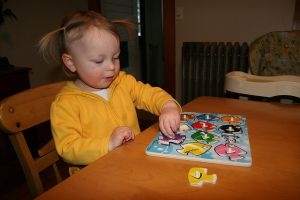 Toddlers have a greater understanding of the world around them by this stage. Their cognitive development (also known as intellectual development and thinking skills) continues… Read More
Toddlers have a greater understanding of the world around them by this stage. Their cognitive development (also known as intellectual development and thinking skills) continues… Read More
 Infants begin to develop trust when parents begin to fulfil their needs. Such as changing an infant's nappy when needed, feeding on request and holding… Read More
Infants begin to develop trust when parents begin to fulfil their needs. Such as changing an infant's nappy when needed, feeding on request and holding… Read More
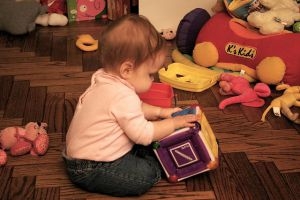 Beginning at birth the construction of thought processes, such as memory, problem solving, exploration of objects etc, is an important part of an infant’s cognitive… Read More
Beginning at birth the construction of thought processes, such as memory, problem solving, exploration of objects etc, is an important part of an infant’s cognitive… Read More
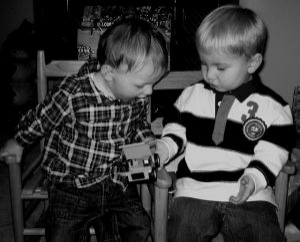 Toddlers want to do more on their own and do not like it when you begin to establish limits on their behaviour. Tantrums can become… Read More
Toddlers want to do more on their own and do not like it when you begin to establish limits on their behaviour. Tantrums can become… Read More
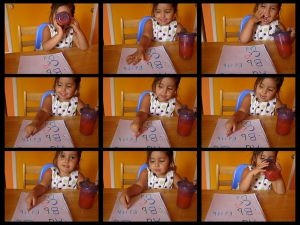 Your preschooler is now able to focus their attention more accurately and is less influenced by distractions. The intensity of questions increase as your child… Read More
Your preschooler is now able to focus their attention more accurately and is less influenced by distractions. The intensity of questions increase as your child… Read More
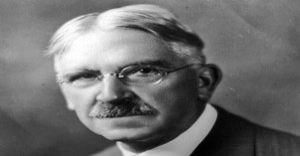 John Dewey is often seen as the proponent of learning by doing – rather than learning by passively receiving. He believed that each child was active,… Read More
John Dewey is often seen as the proponent of learning by doing – rather than learning by passively receiving. He believed that each child was active,… Read More
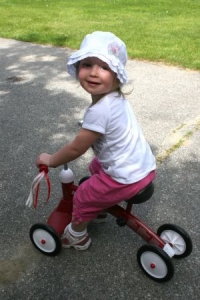 Toddler advance and gains new skills in Gross Motor Development milestones achieved throughout earlier years. Co-ordination and challenges that could not be performed before such… Read More
Toddler advance and gains new skills in Gross Motor Development milestones achieved throughout earlier years. Co-ordination and challenges that could not be performed before such… Read More
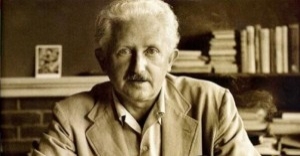 Erik Erikson developed a psychosocial theory to understand how we each develop our identities through eight stages of psychosocial development from infancy to adulthood. The… Read More
Erik Erikson developed a psychosocial theory to understand how we each develop our identities through eight stages of psychosocial development from infancy to adulthood. The… Read More
 At this point preschoolers begin to interact effectively with others. Play becomes more innovative and organized and “boyfriend” or “girlfriend” begins to emerge. Preschoolers have… Read More
At this point preschoolers begin to interact effectively with others. Play becomes more innovative and organized and “boyfriend” or “girlfriend” begins to emerge. Preschoolers have… Read More
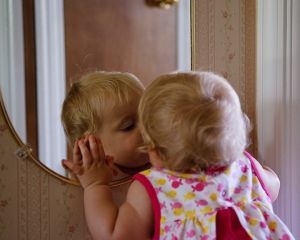 From now, babies begin to identify and respond to their own feelings, understanding other's feelings & needs and interact positively with others. A baby's social and… Read More
From now, babies begin to identify and respond to their own feelings, understanding other's feelings & needs and interact positively with others. A baby's social and… Read More

Developmental milestones are things that, by a given age, most kids can accomplish. Milestones are...
See more...
Fine Motor involves the development of the small muscles of the body. The development of...
See more...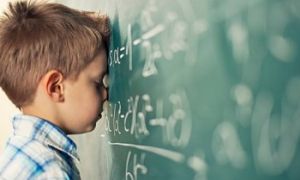
It is not uncommon for educators to confide that transitions tend to be the most...
See more...© 2009-2025 Aussie Childcare Network Pty Ltd. All Rights Reserved.
